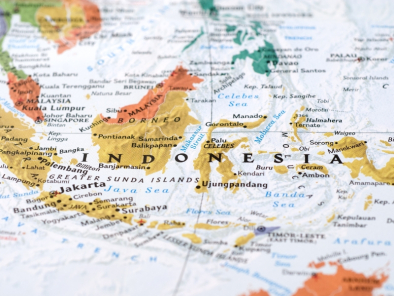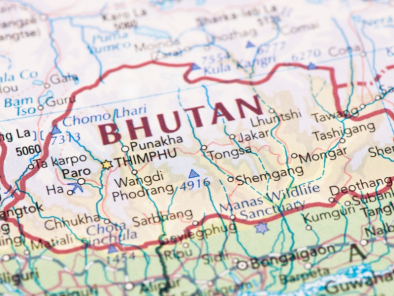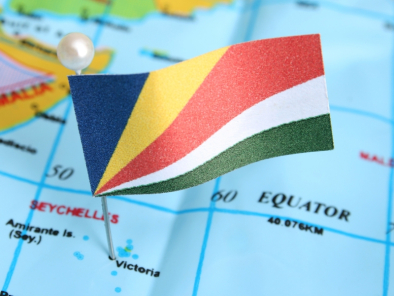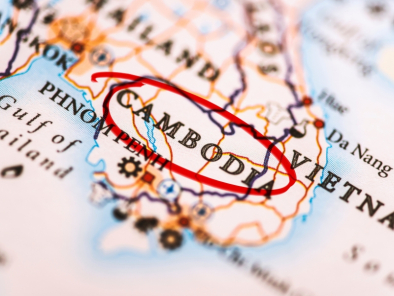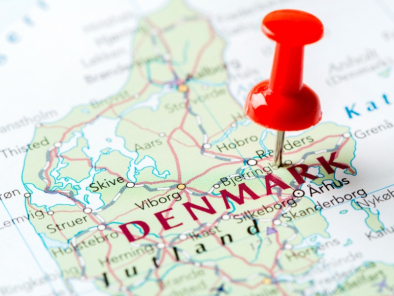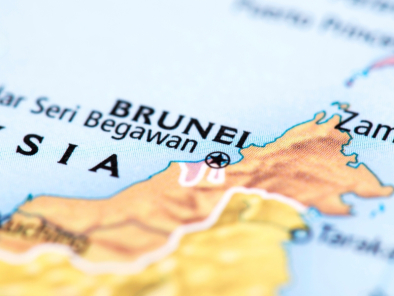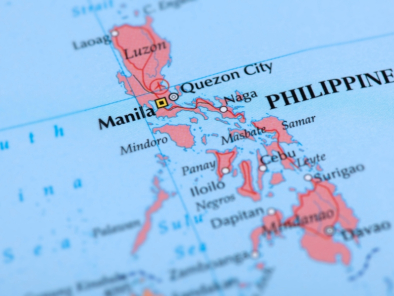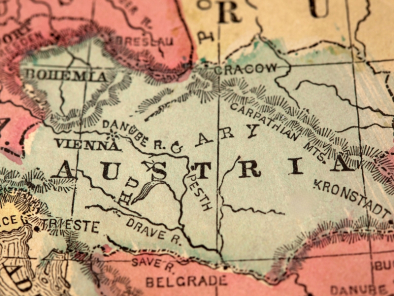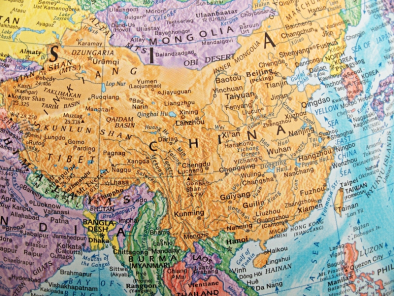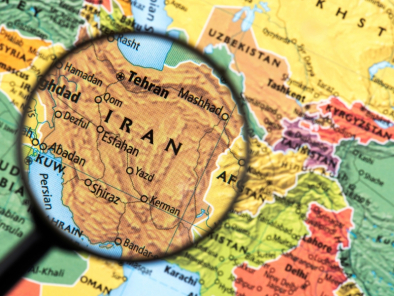
Posted by: Leo Travel Hub
TRAVEL TIPS ON IRAN
Iran as old as history itself inherits one of the most ancient civilizations of the planet. Throughout the years, its culture has influenced different parts of the globe from the Nile River to the heart of Europe. For many years, people from all over the world have traveled the historic trade route of Silk Road, marveling at the varied glory of the Persian Empire's great civilization. To visit Iran is a unique experience, the experience of being in the cradle of a great culture and civilization. Boasting three millennia of recorded history, Iran enjoys a great legacy of ruins and hallowed stonework. The Iranian style of architecture is distinctive and creative. Persepolis and the rare impressive edifices of Isfahan as well as the Air Traps of the central desert region are the hallmarks of the Iranian unique architecture. If you simply want to walk in the footsteps of some history's most outstanding figures, this historic land is blessed with some of the best.
Visa: The visa has to be obtained prior to arrival in the country.
Flights:
Iran Air flies to Tehran from Mumbai twice week, on Tuesday and Fridays.
Capital City:
Tehran
Major Cities:
Karaj, Mashhad, Isfahan, Shiraz and Tabriz
Currency:
Iranian
Rial (IRR)
Official Language:
Persian
(Farsi)
Time Zone:
1.5
hrs behind India
International Calling Code: +98
Getting Around
The
two main ways of getting around in cities of Iran are taxies and buses. In
Tehran subway is also a good substitute for many routs. It has got 3 lines (and
2 planning) with 28 stations. It is also one of the most punctual organizations
in Iran. It operates from 6:00 - 22:00h with a detailed schedule.
Taxis: One of the easiest ways of
getting around in Iran especially in Tehran is by taxi. You only need to hail
one. There are two kinds of taxis: shared or private. Shared taxis are mostly
yellow or orange. If you wish the driver not to pick up any passenger and take
you directly to your destination, specify to travel "Darbast",
otherwise he would go his route and pick up passengers. You can also call taxi
agencies or ask your hotel to arrange that for you.
Buses: If you choose to get around in
an inexpensive way you can use bus. Most large town and cities have good local
bus services. Women and men are separated in the buses; women have to sit at
the back and it will be very difficult if you are traveling as a couple and
need to discuss where to get off.
Train: To travel between cities
there are 2 more options, you can go by train and air. Train routes are limited
to the major cities and a train journey will take longer than traveling by the
coach. But train tickets are often cheaper, they are more comfortable and their
Sleeper berths at nights allow you having a good sleep while saving on time and
a night's accommodation.
Flights: Since Iran is a huge
country, air services are a blessing. Airlines such as Iran air, Iran Aseman, Mahan, Kish air, and others provide an
extensive network of flights to all provincial capitals and places of interest
for travelers. The only problem can be availability; you need to book your
ticket in advance.
Clothing
Iran has a dress code which all travellers and residents are expected to follow upon their arrival and/or during their stay in the country. The rules are quite simple: men are assumed not to wear short trousers and earrings in public, as well, women are required to wear scarf when in public.
MUST SEES:
TEHRAN
In Tehran there is a wide range of good museums. Strongly recommended
would be the National Museum of Iran, also known as the Archaeological Museum
of Iran (next door to which is the Islamic Arts Museum), the Carpet Museum and
the National Jewels Museum.
A
trip to Darband in the north of Tehran, nestling at the foot of
Mount Tochal,
can provide a welcome break from the hustle and bustle of the city. A pleasant
trail lined with cafes, kebabis and what is said to be the longest telecabin in
the world, makes a refreshing excursion.
A day trip into the Alborz Mountains - hiring a taxi and then walking is highly recommended.
There is little in the way of organised night life. Iranian
classical and traditional
music is performed
in centres such as Rudaki Hall.
Grand Bazaar of Tehran
It
is believed that parts of today's bazaar predate the growth of the village of
Tehran under the Safavids' dynasty, although it was during and after this
period that the bazaar began to grow gradually.
Today, the Grand Bazaar of Tehran is the largest world's bazaar. It includes
10km of covered stores and has got several entrances, some of which are locked
and guarded at night. The bazaar is a city within a city, encompassing more
than a dozen mosques, several guesthouses, a handful of banks, one church and
even a fire station. Each corridor specializes in a particular commodity:
copper, paper, gold, spices and carpet.
SHIRAZ
SHIRAZ is the capital of Fars province and
has a population of about 1.5 million. The city dates from Achaemenid times and
lies in a pleasant green valley surrounded by mountains. The relatively high
altitude (1600m) ensures a temperate and pleasant climate throughout most of
the year.
Shiraz is a relaxed city, long synonymous with poetry and
learning, gardens, roses and nightingales. It was one of the most important
cities in the medieval Islamic world and was the Iranian capital during the
Zand dynasty (1747-79), when many of its most attractive buildings, such as the
vaulted bazaar, were constructed.
Places to visit include the tombs and gardens of celebrated poet Hafez, where
you can while away the hours in the enchanting teahouse, the Shah-Cheragh
shrine and museum, the colourful Bazaar-e
Vakil and the adjoining Vakil mosque, the Bagh-e Eram, a
famous Persian garden, built in the 19th century and the Koran Gate on the
outskirts of the city. For a memorable traditional Persian meal, visit the
Hammam-e Vakil restaurant in the restored city baths.
Persepolis
The
surviving ruins of Persepolis today are a mere shadow of Persepolis' former
glory. It was founded by Darius I in 518 BC and was added to by the subsequent
kings over a period of about 150 years. In its heyday the city spread over an
area of about 125000 sq meters and was the place where all the people of the
empire came over No Ruz (New Year) to pay homage to the
kings.
The complex holds in Ceremonial palaces, Halls, small dedicated palaces, royal
treasury and tombs. Today this monument consists of the remains of several monumental
buildings such as Gate of All Nations, Palace of 100 Columns, Palace of Darius,
Xerxes’ Palace, Central Palace, and Apadana Palace. Persepolis was burned to
the ground by Alexander in 330 BC.
A short distance from Persepolis, at Nagsh-e Rostam,
the tombs of four Achaemenian kings, including Darius I, are cut into the cliff
face.
Slightly further afield at Pasargadae
(48km north-east of Persepolis) lies the tomb of Cyrus the Great.
ESFAHAN is perhaps Iran’s most visually
stunning city, and contains some of the country’s most memorable attractions.
The city is about 400km south of Tehran and dates from 5 BC, when it
was the summer residence of Achaemenian kings. It became the legendary capital
of the Safavids in the 17th century, when most of the spectacular buildings
still visible today were constructed.
There are dozens of interesting places to visit, many of which are
located within the spectacular Emam
Square, originally constructed as a polo ground in 1612. The
square boasts the Emam
Mosque, a stunning building decorated entirely in rich
blue-tiled mosaic designs, the beautiful Sheikh
Lotfallah mosque, the Ali
Qapu palace and the enormous bazaar, which has 5km of narrow
pathways to explore.
Other sites in Esfahan include the Chehel Sotun Museum, a 17th
century pavilion set in pleasant gardens and the Armenian Vank Cathedral.
You should also stroll down to the river to catch a glimpse of Esfahan’s famous bridges, and
perhaps stop for refreshment at one of the many teahouses.
Siosepol Bridge in Isfahan
Siosepol
or Allah Verdi Khan is one of the eleven and the most famous bridges of
Isfahan. It is highly ranked as being one of the most famous examples of
Safavid bridge design. Allah Verdi Khan Bridge, that is one of the spectacular
masterpieces of King Abbas's royalty, has been built in early 17th century under
supervision and fund of his famous commander Allah Verdi Khan. It is about 300m
long and 14m wide, and is the longest bridge over Zayandeh Rood River. It
consists of two layers of 33 arches.
The
road along the top is sandwiched between high walls which give some shelter
from the wind as well as protection for travelers who can walk along the
footpaths on either side to avoid the crush of the traffic. The southern side
of the bridge, where the waters of the Zayandeh run more swiftly has
supplementary arches, and it is this that makes them suitable as a tea house.
This historical bridge is one of the architectural and bridge-making feats in
Iran which has a unique aesthetics and magnificence. It is very attractive and
good for walking. Try to go for a walk at night. It has a marvelous view.
The Grand
Bazar of Isfahan
The
Bazaar of Isfahan, the heritage of the Saljuqid and Safavid era is one of the
oldest and largest bazaars of the Middle East. It stretches between Imam Sq and
the Jameh Mosque several kilometers away. The bazaar can be entered at dozens
of points along its winding route, but the main entrance is via the Qeysarieh
Portal at the northern end of Imam Sq. the high gateway is decorated with tiles
and, higher up, frescoes by great Reza Abbasi, depicting Shah Abbas's war with
the Uzbeks.
Like
most Iranian bazaars, Bazaar-e Bozorg is loosely divided into several
interconnected corridors, each specializing in a particular trade or product,
with carpet dealers, goldsmiths, samovar-makers, shoe makers, dyers, all having
their own quarters. You can also find several mosques, tea shops, bathhouses,
and even gardens. Small apertures in the vaulted roof let in sufficient light
yet kept out the intense heat of summer and retained warmth in winter.
Kandovan village and its rocky hotel
The
beautiful and historical Kandovan village is located 22 km from the city of
Osco and 62 km from city of Tabriz. The pyramid-shaped houses of the village
have a rocky architecture. Due to some researches, its history dates back to
the seventh hegira century, some surveys indicate that the village has a record
of pre-Islamic era. These houses are still being inhabited.
Kandovan village also has a scenic beauty. It's a popular resort and there are
hotels and restaurants there to serve tourists. Its mineral water is also
popular by visitors and is believed to be a cure for kidney disease. The unique
characteristics of Kandovan along with its magnificent nature provide amusing
place to relaxation and has enjoyable time.
Kandovan Tourism Cliff (Rocky) Hotel (5 star), located at the heart of the
village. It is the first of its kind in Iran and the second in the world after
Turkey's rocky hotel.
Takht-e Soleyman
"Solomon's
Throne", as the translation of the Persian designation suggests, is
located in a valley surrounded by a volcanic mountain region in north-western
Iran. It was the spiritual center of Zoroastrianism in the 3rd century AD and
includes the principal Zoroastrian sanctuary. It is an outstanding example of
Zoroastrian sanctuary integrated with Sassanid palatial architecture which have
emphatically affected the development of the Islamic architecture.
The ensemble structure has been constructed within an oval-shaped rampart. The
entrance of the place, which was made in the Mongol period, is a stone gate
with Kufic inscriptions at the top, In the middle of the aggregate, there is a
large stone pool built for water storage purposes. Around this pool there are
the walls and remains of 38 towers and two porticoes named Ivan-e Khosrow and
Ivan-e-Garabaq-e-Khosrow. A prison, a Museum, a Castle, thermal springs and
streams are of other attractions of the place.
Pars Museum
The
structure is an octagonal, graceful building with a spacious hall and several
recesses and pavilions. It is situated in the center of a beautiful park with
some pools.
The building dates back to the time of "Karim Khan Zand", when he
would use it for formal meetings and for receiving foreign ambassadors.
According to his own will he was buried in this same building after his death.
Being in the vicinity of the citadel of Karim Khan Zand, the building has been
used as a museum since 1937. The museum houses valuable articles, such as a
priceless Quran by Imam Ali, the son-in-law of the prophet plus other
manuscripts of Quran, archaeological relics and finds, and pieces of
pottery.There are also beautiful oil paintings showing Moses and Abraham and
also tileworks depicting Solomon's enthronement.’’
Shopping
While
the shops offer a wide selection of quality goods, local items can be bought in
the many bazaars. Purchases include hand-carved, inlaid woodwork, saffron,
pistachio nuts, carpets, rugs, silks, leather goods, mats, tablecloths, gold,
silver, glass and ceramics. Bargaining is customary. There are restrictions on
which items may be taken out of the country.
Shopping is exhausting and interesting. The bazaar in South Tehran
is and experience in itself and is definitely worth visiting. Carpets - the
range and choice is extraordinary - are an obvious buy, though it will save you
money if you can go with an Iranian friend
Shopping hours
Generally 9am-1pm and 3pm-8pm

